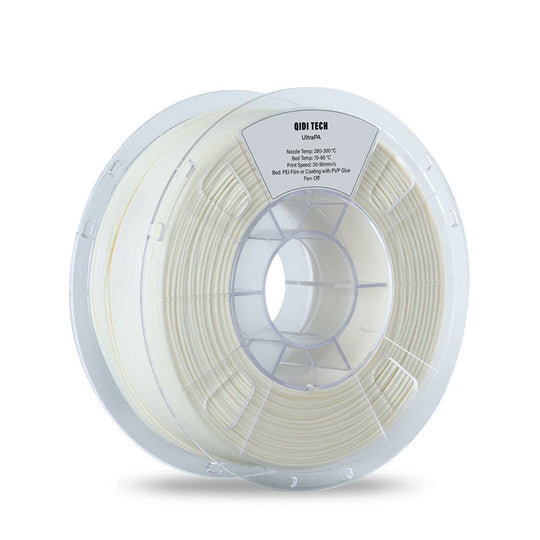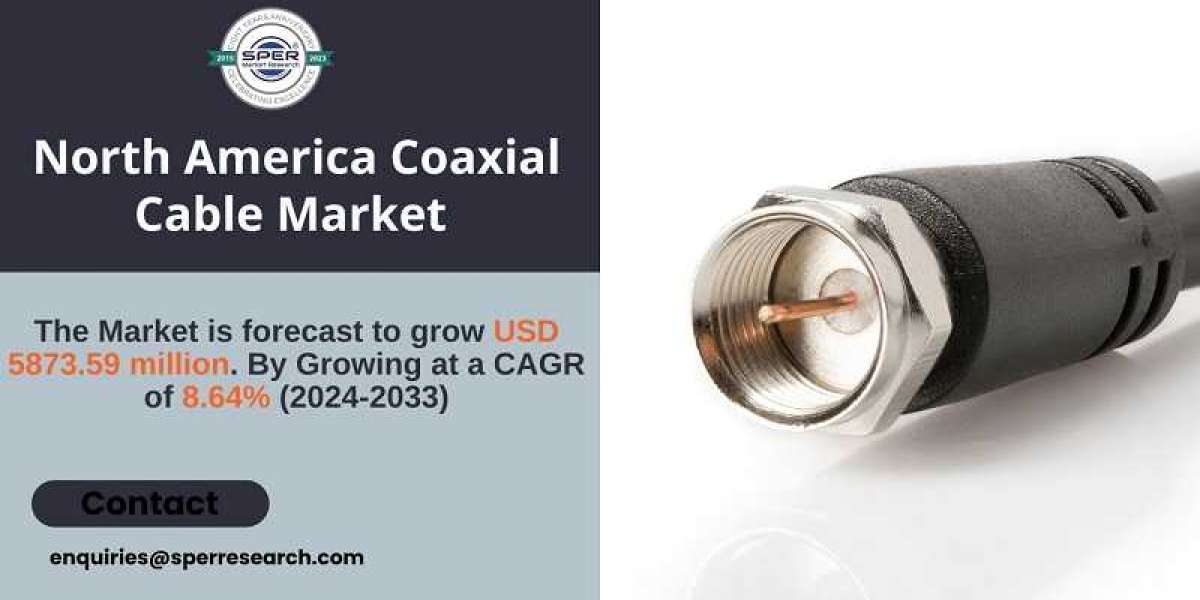In the realm of 3D printing, achieving seamless printing is a goal that every enthusiast and professional strives for. One of the critical aspects of this process is ensuring smooth feeding filament in your 3D printer. This article delves into various tips and strategies to help you maintain uninterrupted printing by focusing on the smooth feeding of filament.

Understanding the Importance of Filament Quality
The quality of the filament you use plays a significant role in achieving seamless printing. High-quality filament ensures consistent diameter, which is crucial for smooth feeding. Inconsistent filament can cause jams and interruptions, leading to failed prints. Always opt for filament that is known for its reliability and consistency.
Proper Storage of Filament
Filament storage is often overlooked, but it is vital for maintaining its quality. Filament is hygroscopic, meaning it absorbs moisture from the air, which can lead to issues like bubbling and poor adhesion. Store your filament in a dry, airtight container with desiccants to keep it moisture-free. This simple step can significantly improve the smooth feeding of filament in your 3D printer.
Regular Maintenance of the Extruder
The extruder is the heart of your 3D printer, and its maintenance is crucial for uninterrupted printing. Regularly clean the extruder to remove any debris or old filament that might cause blockages. Lubricate the moving parts to ensure smooth operation. A well-maintained extruder will facilitate smooth feeding filament, leading to better print quality.
Optimal Filament Path
The path that the filament takes from the spool to the extruder should be as smooth and straight as possible. Any unnecessary bends or twists can cause friction, leading to feeding issues. Use filament guides and ensure that the spool is mounted correctly to minimize resistance. This will help in achieving seamless printing by ensuring a smooth filament feed.
Adjusting Tension Settings
Proper tension settings are crucial for smooth filament feeding. If the tension is too high, it can crush the filament, while too low tension can cause slippage. Adjust the tension settings on your extruder to find the right balance. This will ensure that the filament is fed smoothly and consistently, reducing the chances of interruptions.
Monitoring Filament Diameter
Even with high-quality filament, there can be slight variations in diameter. Use a filament diameter sensor to monitor these variations in real-time. This sensor can adjust the extrusion rate accordingly, ensuring smooth feeding filament and consistent print quality. Investing in such a sensor can be a game-changer for achieving seamless printing.
Using Filament Filters
Filament filters are small devices that clean the filament before it enters the extruder. They remove dust and small particles that can cause blockages. Installing a filament filter is a simple yet effective way to ensure smooth feeding filament, leading to uninterrupted printing.
Conclusion
Achieving seamless printing requires attention to detail and a proactive approach to maintaining your 3D printer. By focusing on the quality of the filament, proper storage, regular maintenance, optimal filament path, tension settings, monitoring filament diameter, and using filament filters, you can ensure smooth feeding filament in your 3D printer. These tips will help you achieve uninterrupted printing and produce high-quality prints consistently.








